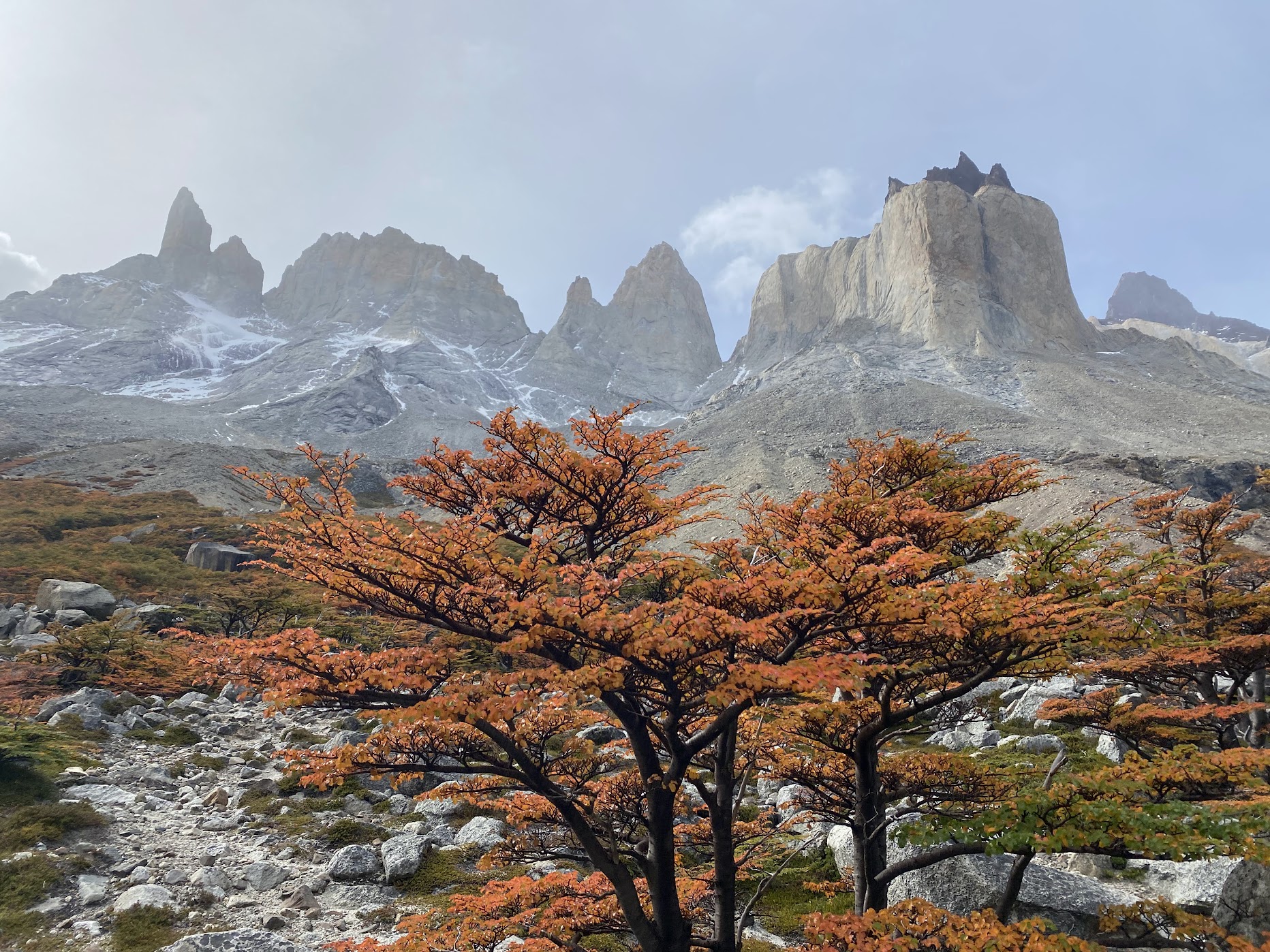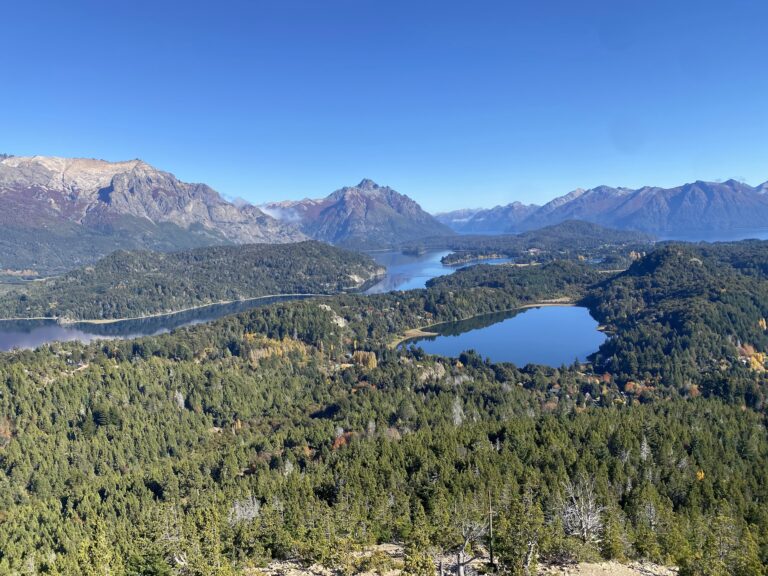The Ultimate Guide to Chile Travel
Stretching over 4,300 kilometers from desert to glaciers, Chile is a land of extremes. Few countries pack so much diversity into one long, narrow strip. From the otherworldly landscapes of the Atacama Desert to the jagged peaks of Patagonia, from cosmopolitan Santiago to colorful Valparaíso. Chile is one of South America’s safest and most organized countries, making it ideal for first-time travelers (though of course more expensive), yet it still feels rugged and remote once you venture south. Whether you’re coming for stargazing, hiking, wine, or penguins, Chile offers a little bit of everything and a lot of breathtaking views.
When to Visit Chile
Because of its incredible length, Chile spans several climates. December to March (summer in the Southern Hemisphere) is best for visiting Patagonia, when hiking trails are open and the weather is relatively mild. March to May and September to November are ideal for Santiago, Valparaíso, and the central regions, with warm days and fewer crowds. The Atacama Desert is a year-round destination, though nights can be cold even in summer. In winter (June–August), head to Chile’s ski resorts near Santiago, or explore the desert under crisp, clear skies for some of the world’s best stargazing.
Understanding Chilean Culture
Chileans are known for being friendly, reserved, and punctual compared to other Latin Americans. The culture blends Spanish colonial heritage with Indigenous roots, especially Mapuche traditions in the south. Chileans take pride in their country’s natural beauty and environmental awareness; recycling and conservation are big themes here. Spanish is the main language, but the Chilean accent can be fast and full of slang (called chilenismos). You’ll hear “po” added to the end of words and “cachai?” meaning “you get it?” Relaxed hospitality is everywhere, but small talk and politeness go a long way.
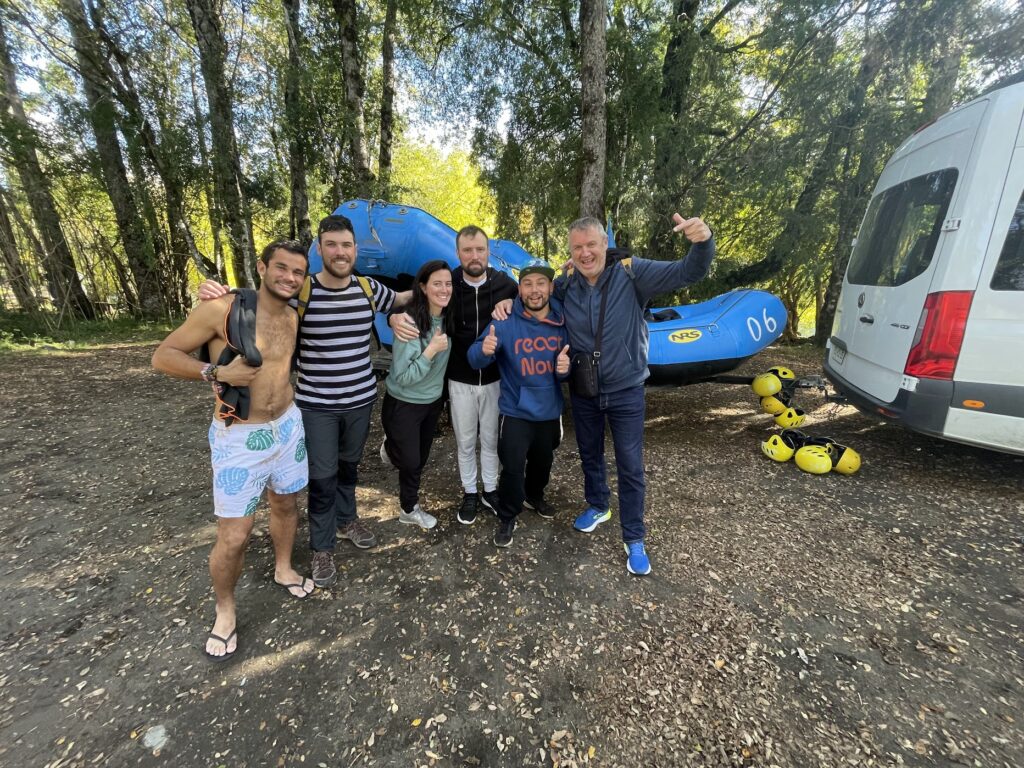
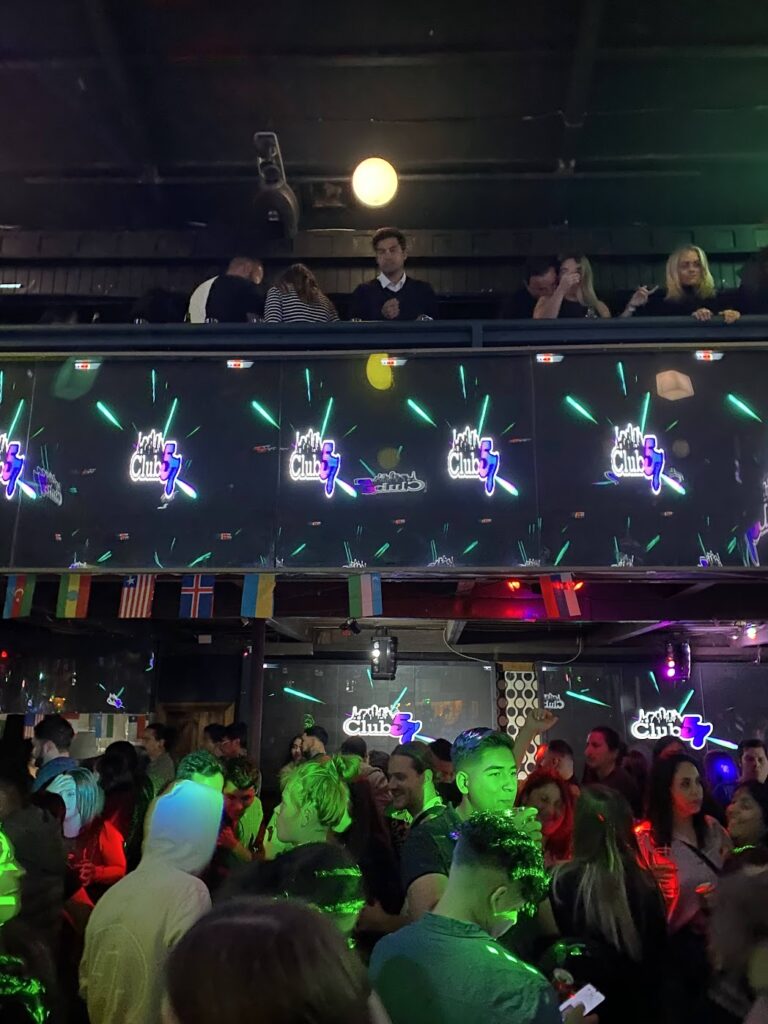
Brief History
Chile’s history is shaped by both isolation and resilience. The Indigenous Mapuche resisted Spanish colonization longer than almost any group in the Americas. After independence in 1818, Chile became one of South America’s most stable nations, though not without hardship. Most notable was the 1973 coup that brought General Pinochet to power for nearly two decades. Modern Chile has since rebuilt its democracy and economy, becoming one of the region’s most developed nations. Today, its mix of Andean, European, and Indigenous influences makes it a fascinating country to explore.
Getting to Chile
The main international gateway is Santiago (SCL), one of the best-connected airports in South America. There are also seasonal flights from Argentina into Punta Arenas, Puerto Montt, and Calama (for the Atacama Desert).
From Argentina, there are numerous scenic crossings, including Mendoza to Santiago, Bariloche to Puerto Varas/Puerto Montt, and El Calafate to Puerto Natales for those continuing to Patagonia. It’s very common to mix routes between both countries, as Argentina and I would highly recommend crossing back and forth between the two in Patagonia. An important tip is that Chile is very strict on bringing in any fresh food (meat and produce) and they do scan bags!
Many travelers also enter Chile from Bolivia, especially on the popular Uyuni Salt Flats to San Pedro de Atacama route. Multi-day tours often end (or begin) in Chile, crossing high-altitude lagoons, geysers, and desert passes along the way. From southern Peru, crossings near Arica or Tacna are straightforward and connect easily to the northern desert towns.
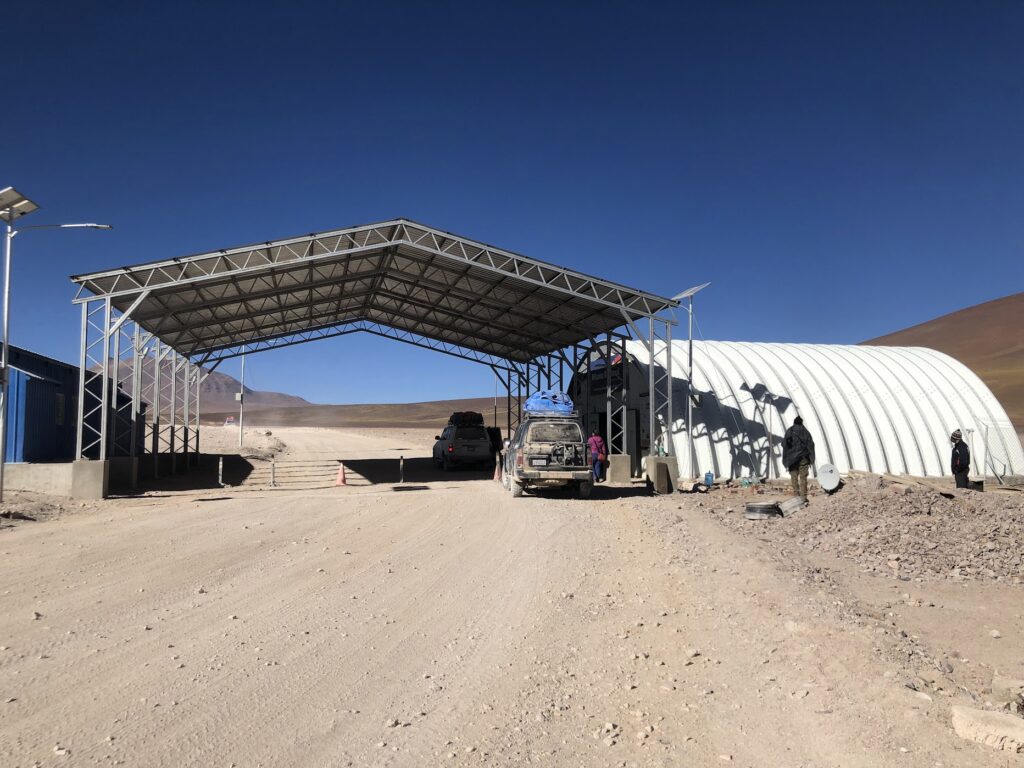
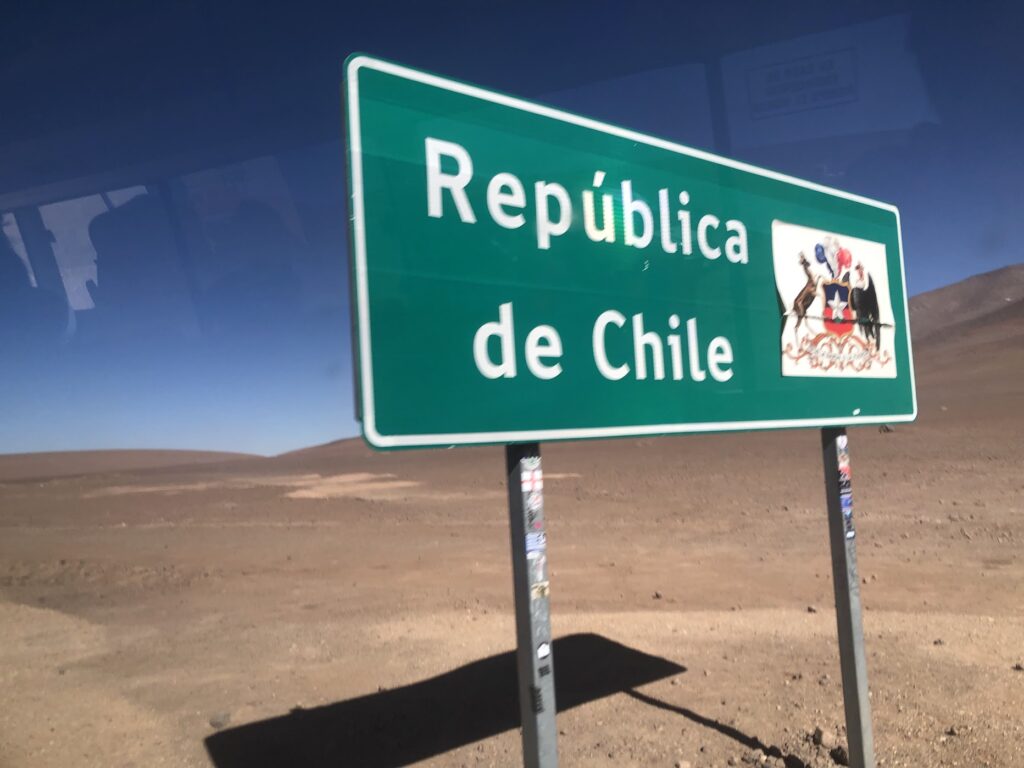
Chile for First-Timers: Visa, SIM, ATMs, and More
Visa: Most nationalities (including the US, EU, UK, Canada, New Zealand, and, as of Sep 2025, Australians) can enter visa-free for 90 days. Always check your country’s latest requirements, as visa rules can shift.
Internet: Chile has excellent mobile coverage. Pick up a local SIM from Entel, Claro, or Movistar. Entel generally has the best reach in remote areas. You can also order an eSIM from Saily before you land to stay connected from day one. It’s also super useful if you are crossing back and forth with Argentina, so you don’t have to constantly switch out sim cards.
Money & ATMs: Chile uses the Chilean peso (CLP). ATMs are widespread, though many charge around 4,000–6,000 CLP in withdrawal fees. Credit cards are accepted nearly everywhere except in small towns or at remote guesthouses.
Communication: English is understood in tourist areas, but learning basic Spanish phrases will help, especially in rural regions. Chilean Spanish is fast and slangy, making it one of the hardest even for native Spanish speakers. So don’t worry if you need locals to repeat themselves, they’ll be used to it!
Chile by Region: What to Expect
The North (Atacama Desert)
The Atacama Desert is one of the driest places on Earth. A vast, Martian landscape of salt flats, volcanoes, and flamingo-filled lagoons. The hub is San Pedro de Atacama, a laid-back traveler town with adobe streets and cozy hostels. From here, you can visit Valle de la Luna, geysers at El Tatio, high-altitude lagoons, and even go sandboarding. Stargazing here is legendary; the Atacama has some of the clearest skies in the world, and observatories offer nightly tours. Despite the desert’s harshness, the variety of colors, textures, and silence makes it one of Chile’s most surreal experiences.
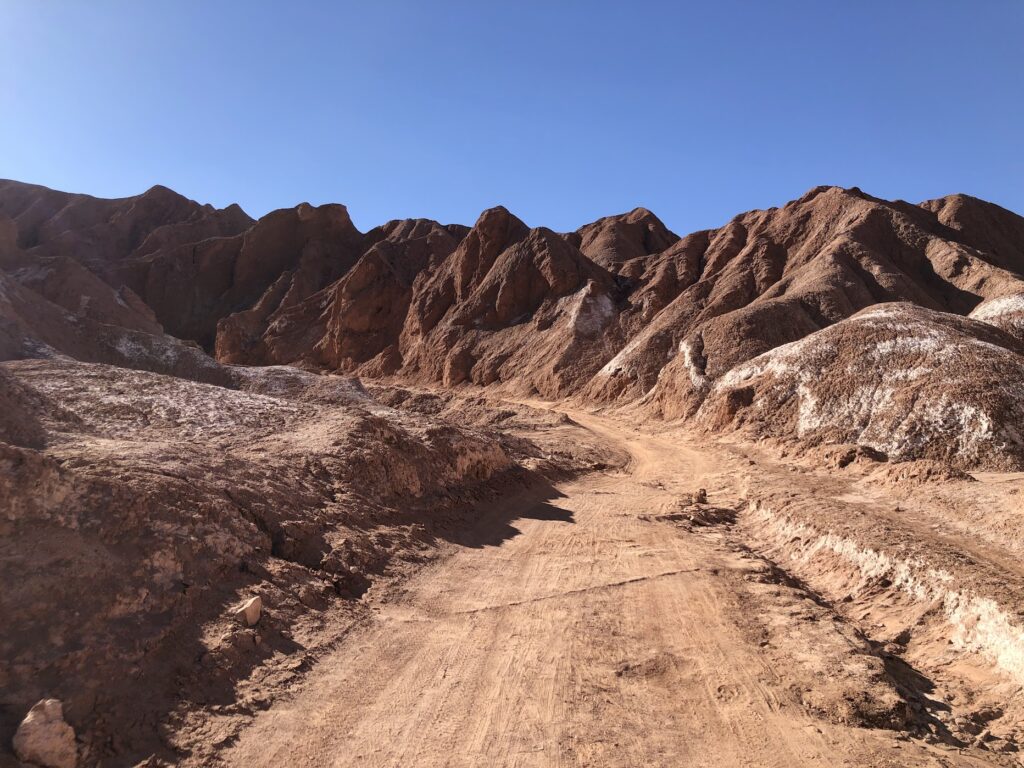
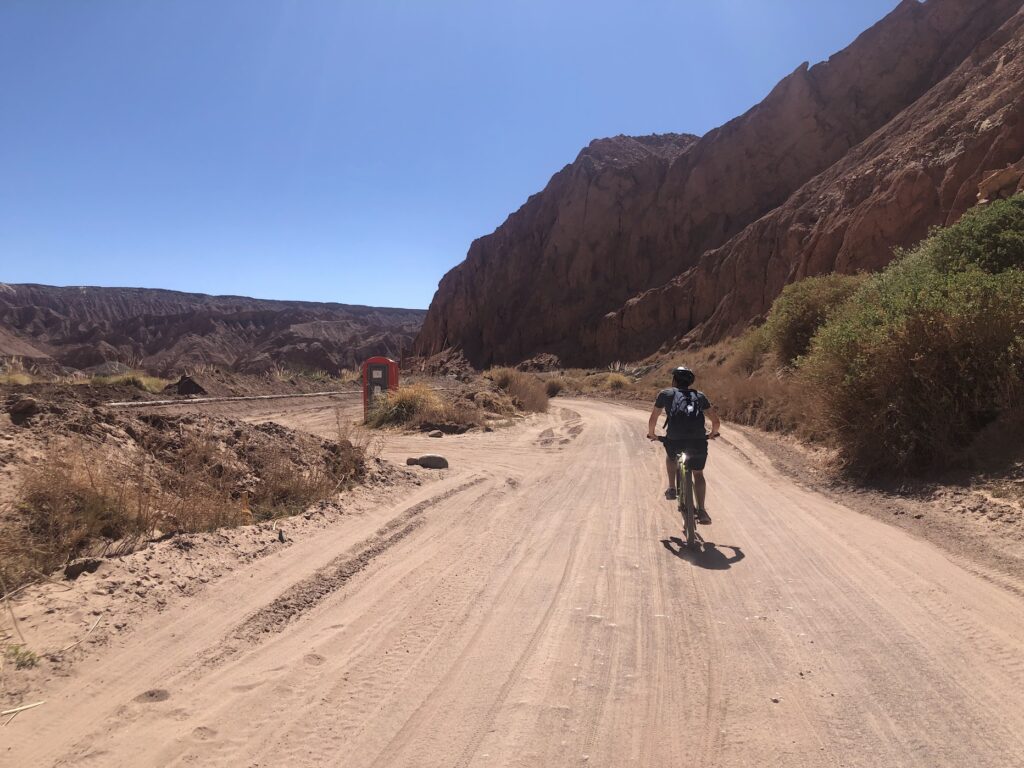
Center-North Region (La Serena and Surrounds)
Heading south, the desert slowly gives way to fertile valleys and vineyards. La Serena is a charming coastal city known for its colonial architecture, beaches, and the nearby Elqui Valley, where pisco (Chile’s national spirit) is produced. The region is also excellent for astronomy. Observatories like Mamalluca are perfect for night tours. Coastal towns like Coquimbo and Tongoy offer quiet seaside vibes, while the Fray Jorge National Park surprises visitors with a coastal cloud forest thriving in the arid environment.
Center (Santiago, Valparaíso, Viña del Mar)
The central region is Chile’s cultural and economic core. Santiago, the capital, is a modern, clean city framed by the Andes, with excellent museums, rooftop bars, and day trips to nearby vineyards. An hour west, Valparaíso bursts with creativity. A bohemian port city painted with murals and street art climbing up its steep hills. Neighboring Viña del Mar is Santiago’s beach escape, full of gardens, cafés, and nightlife. This region offers the perfect balance between urban life, history, and wine country. It’s also where most international travelers start their Chilean journey.
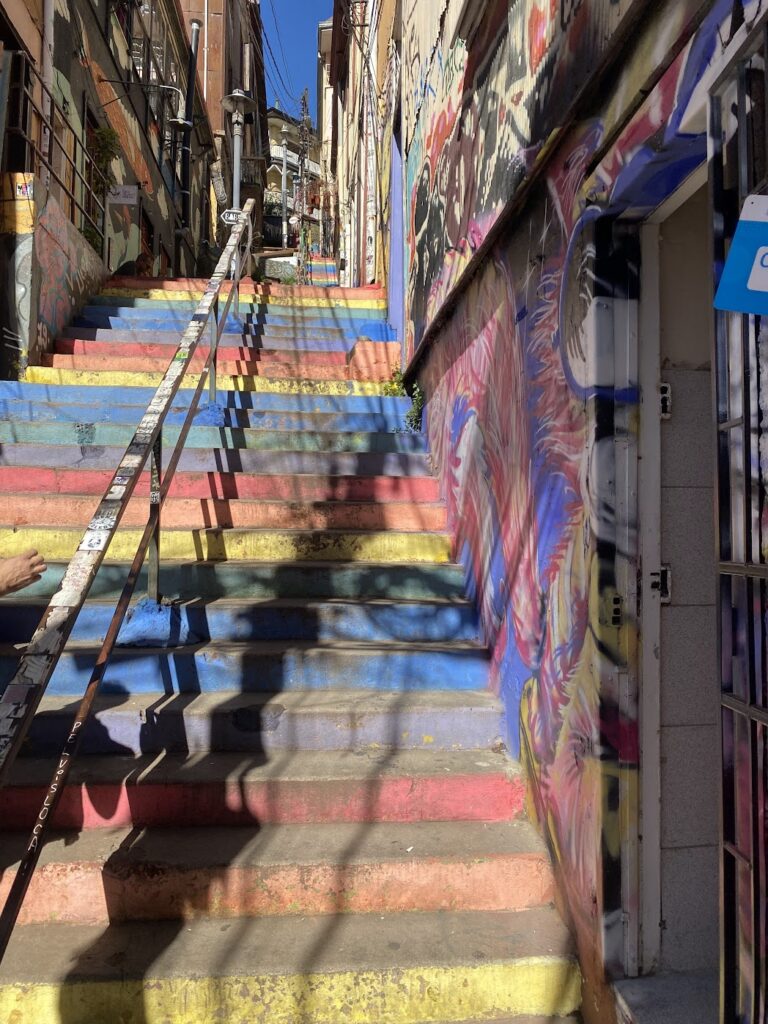
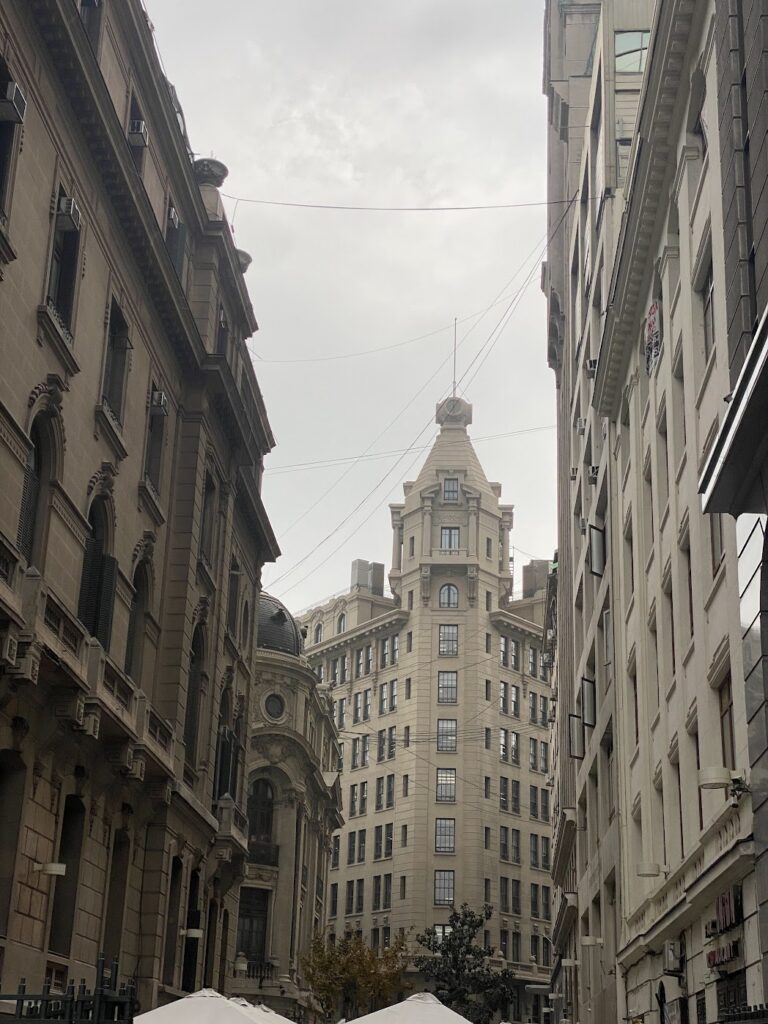
Chiloé and the Lakes Region (Puerto Montt, Pucón, Puerto Varas)
South of the central valley, Chile turns green and lush. The Lakes Region is full of volcanoes, forests, and mirror-like lakes. Pucón is a major adventure hub for hiking, rafting, and even climbing the active Villarrica Volcano. Puerto Varas, with its German-influenced architecture, overlooks snow-capped peaks reflected in Lake Llanquihue. Nearby, Chiloé Island feels like stepping into another world — colorful stilt houses, UNESCO-listed wooden churches, and a rich local mythology that’s deeply tied to the sea. This region’s beauty lies in its tranquility and mix of adventure and culture. It’s got some of my favourite hikes in Patagonia in Huerquehue and Conguillio National Parks. The one in Huerquehue is in my top 10 day hikes of all time!
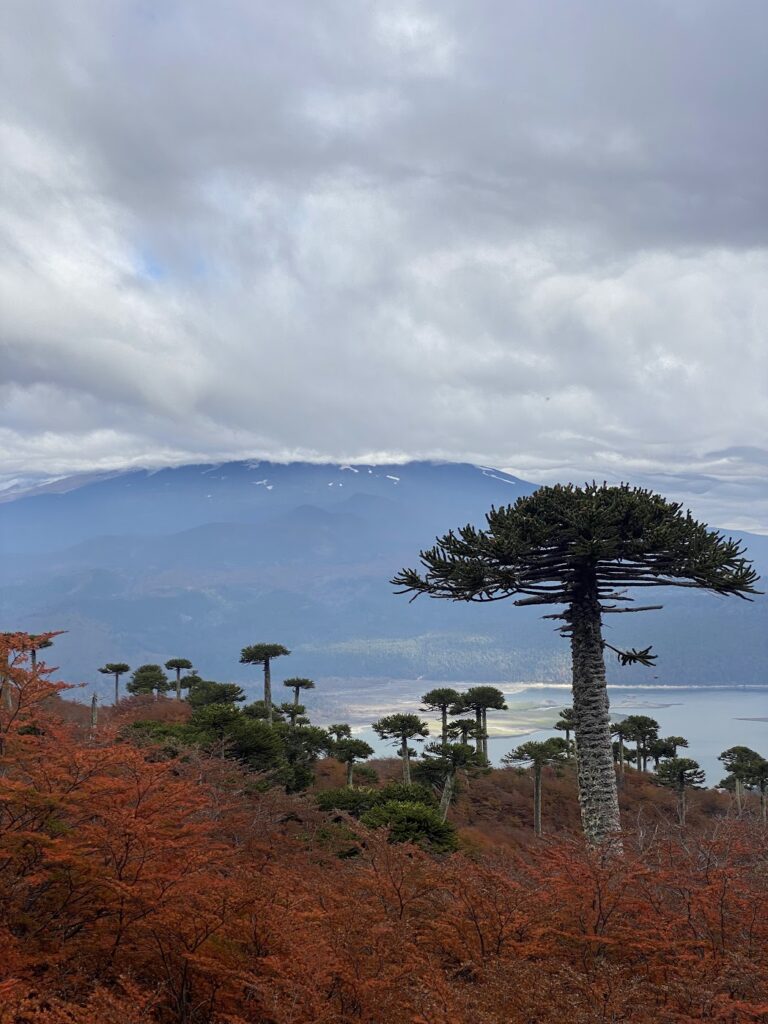
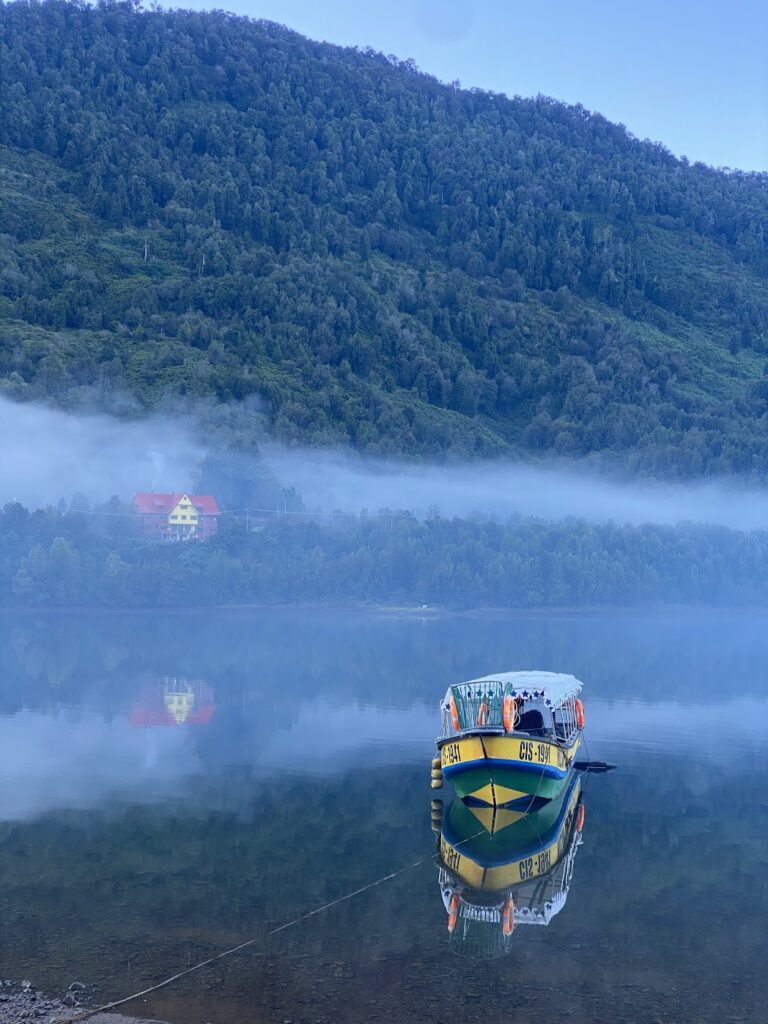
Carretera Austral
The Carretera Austral, or Southern Highway, is one of the world’s great road trips. Stretching from Puerto Montt to Villa O’Higgins, it winds through fjords, glaciers, forests, and turquoise rivers. Towns like Coyhaique, Puyuhuapi, and Futaleufú are ideal stops for kayaking, hiking, and fishing. The road is gravel at times and can be challenging in parts, but that’s part of its charm — it feels like true wilderness. Travelers can camp, hitchhike, or drive the full route, experiencing rural Chilean life and some of the continent’s most untouched landscapes. This region has some epic National Parks, such as Laguna San Rafael, Queulat, and Cerro Castillo, and two of the best hikes in Patagonia.
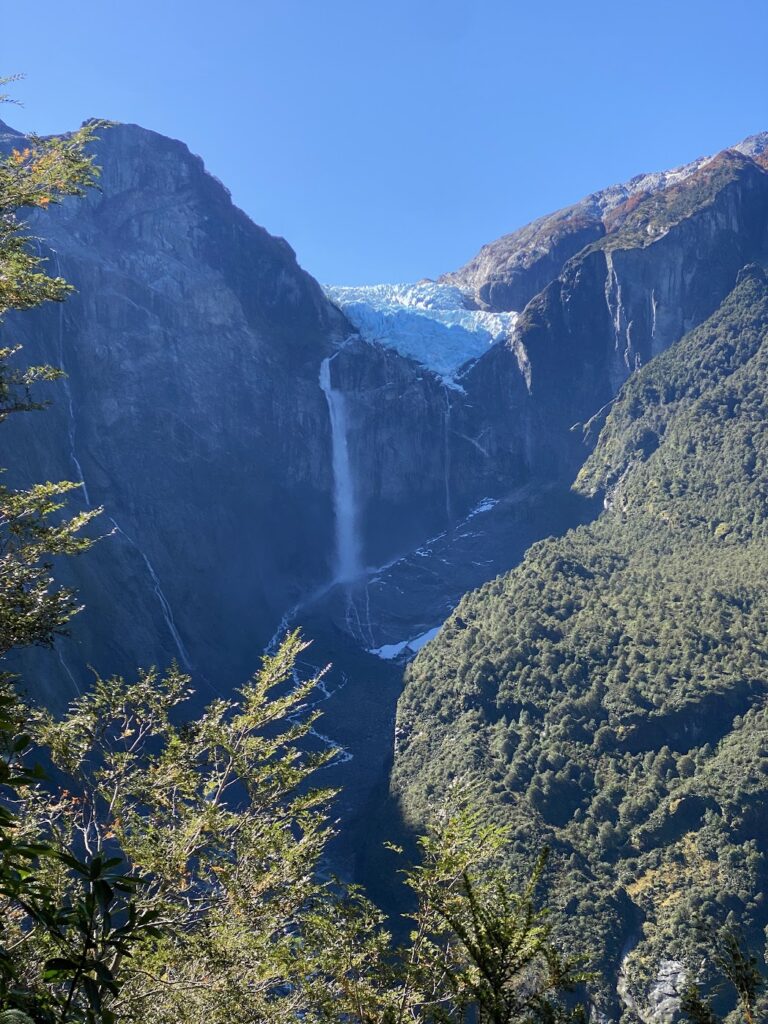
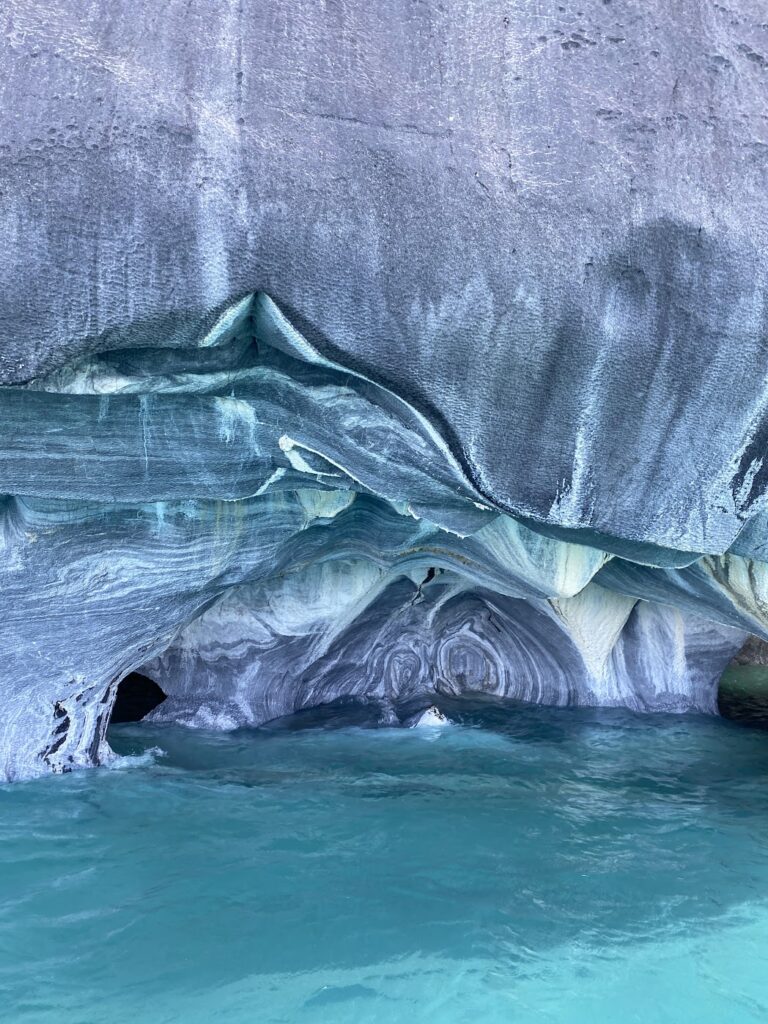
The South (Patagonia)
The southern tip of Chile is pure adventure. Puerto Natales is the main gateway to Torres del Paine National Park, the crown jewel of Chilean Patagonia, famous for its jagged peaks and glacial lakes. Multi-day treks like the W and O Circuit (the best hike in Patagonia and the best multi-day hike in South America) offer some of the most rewarding hiking in the world.
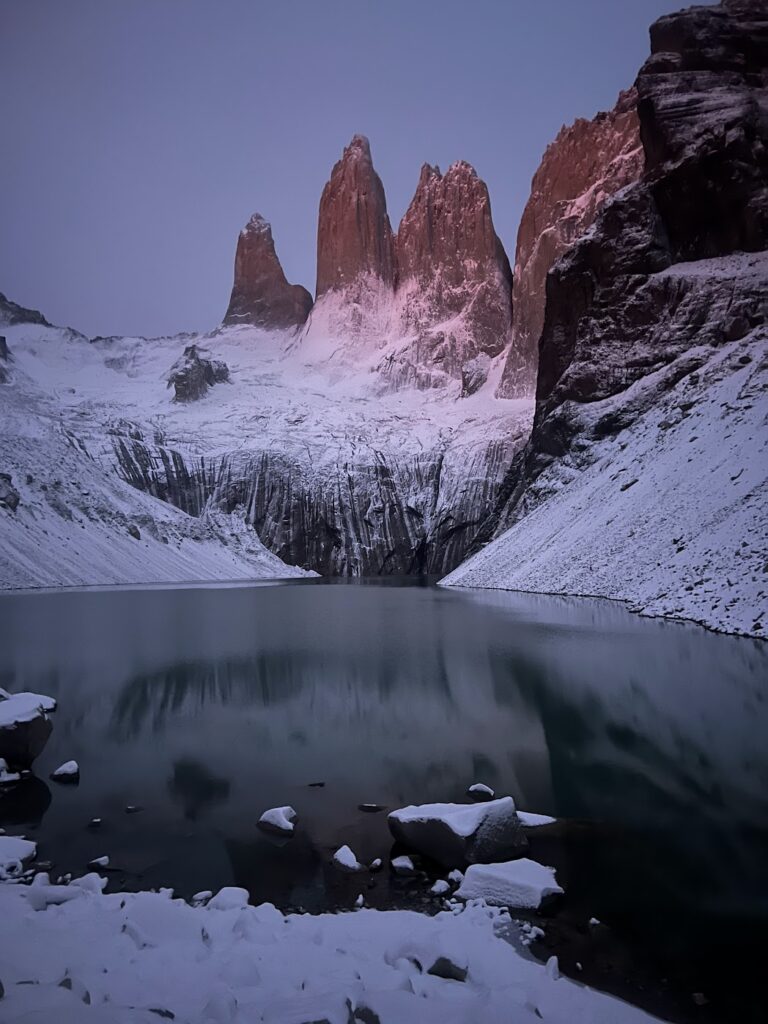
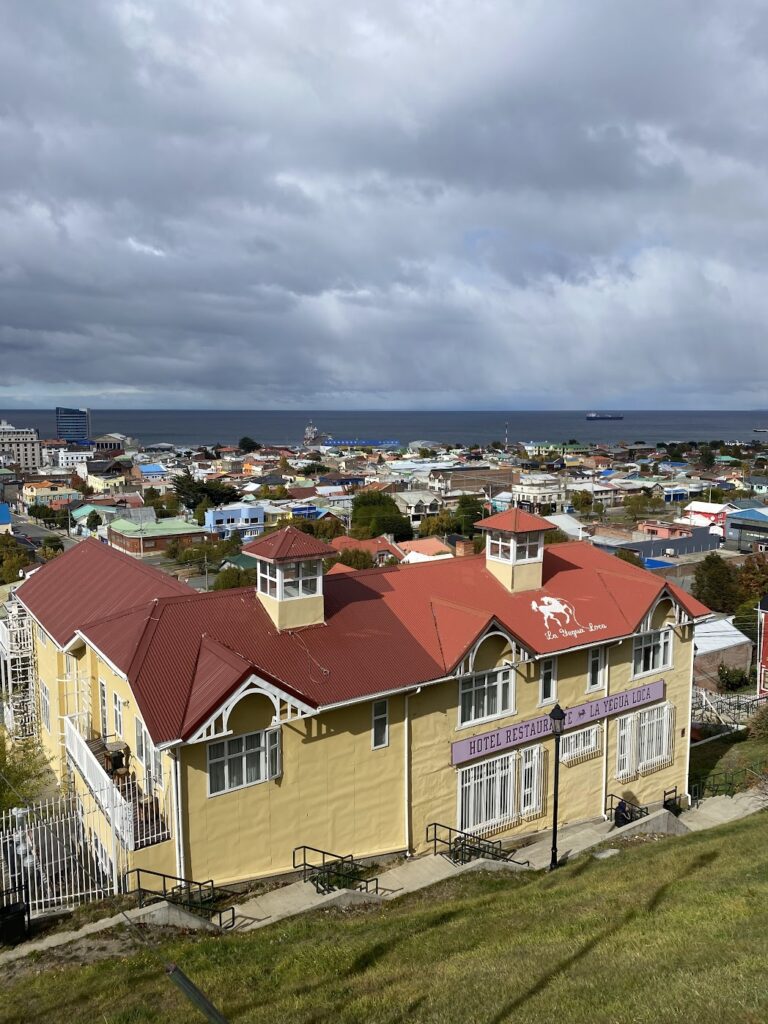
Wildlife lovers can visit Punta Arenas for penguins or even continue to Isla Navarino and Puerto Williams, the world’s southernmost town. Ushuaia is the Southernmost connected by road, but Puerto Williams is just a touch further. The sheer remoteness, wind, and scale of Patagonia are humbling. It’s a place that leaves a lasting mark on anyone who visits.
Getting Around Chile
Chile is incredibly long, so domestic flights are the best way to save time. LATAM, Sky Airline, and JetSMART offer affordable connections between major cities. Long-distance buses are reliable, comfortable, and scenic, ideal if you’re exploring one region at a time. Car rentals are popular in Patagonia and along the Carretera Austral, as buses are less common or very expensive. It’s very common (and quite safe) to hitchhike around here, that’s what I did! Within cities, taxis and ride-hailing apps like DiDi or Uber are easy to use. Santiago has a great metro as well.


Chilean Food You Have to Try
Chile is not as well known for its food as its neighbours, Peru and Argentina. If I’m going to be honest, I cooked most of my meals to save some money, but there are still many staple dishes you should try.
- Chorrillana: a massive plate of fries topped with sliced beef, caramelized onions, and fried eggs, perfect for sharing (or not) with a cold beer.
- Empanadas de pino: Baked pastries filled with minced meat, onion, olive, and egg, a staple across the country.
- Pastel de choclo: A sweet-corn casserole layered with beef, chicken, olives, and egg. Chile’s comfort food classic.
- Cazuela: A hearty meat and vegetable soup served in homes and local eateries.
- Curanto: A traditional dish from Chiloé, where seafood and meat are cooked underground on hot stones and covered with leaves.
- Completo: Chile’s over-the-top hot dog loaded with avocado, tomato, mayo, and sauerkraut.
- Reineta or congrio: Fresh Pacific fish, often grilled or fried.
- Pisco sour: Chile’s national cocktail (and yes, they’ll insist it’s better than Peru’s).
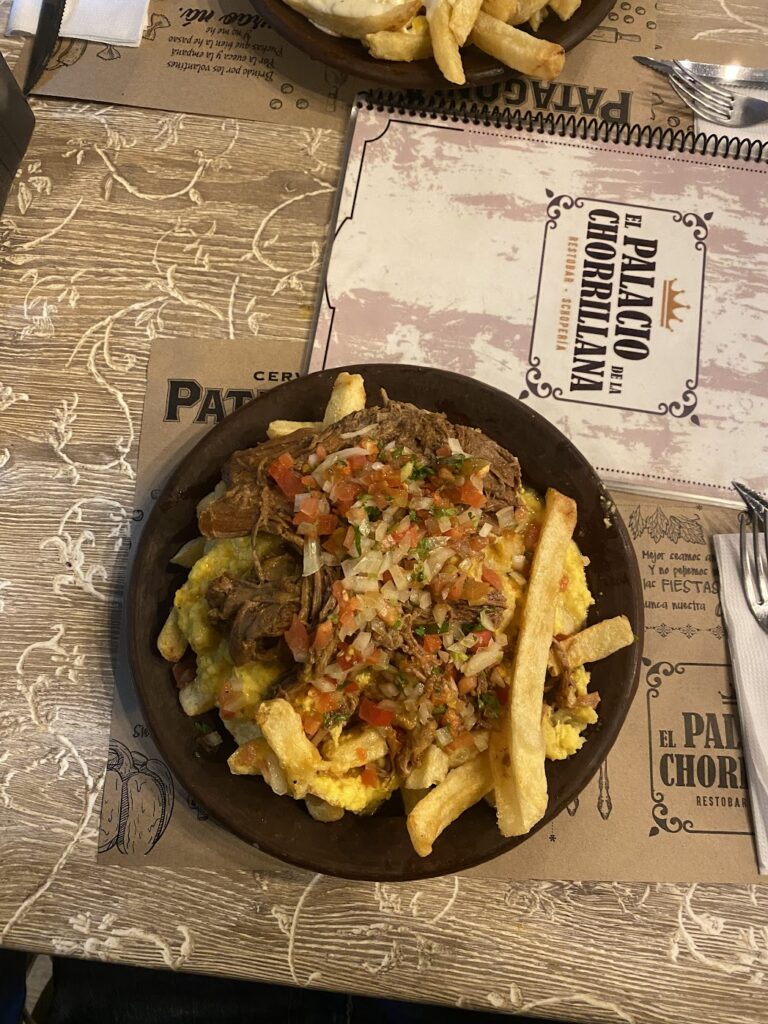
Major Cultural Events and Festivals
- Fiestas Patrias (September): Chile’s Independence Day celebrations last a full week with barbecues, dancing, rodeos, and parades nationwide.
- La Tirana Festival (July): A colorful religious and cultural festival in northern Chile, blending Catholic and Indigenous traditions through dance and costumes.
- Vendimia (March–April): The grape harvest festival in wine regions like Colchagua and Maule Valleys, featuring tastings, concerts, and markets.
- Patagonia Running Festival (April): A unique marathon through Torres del Paine National Park for outdoor enthusiasts.

